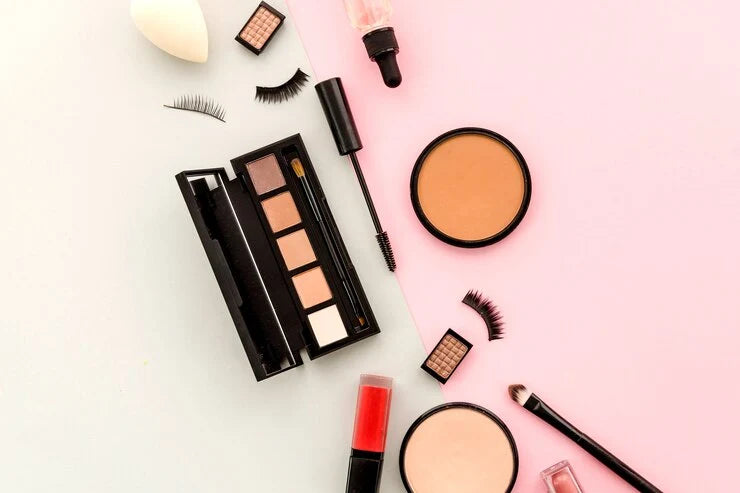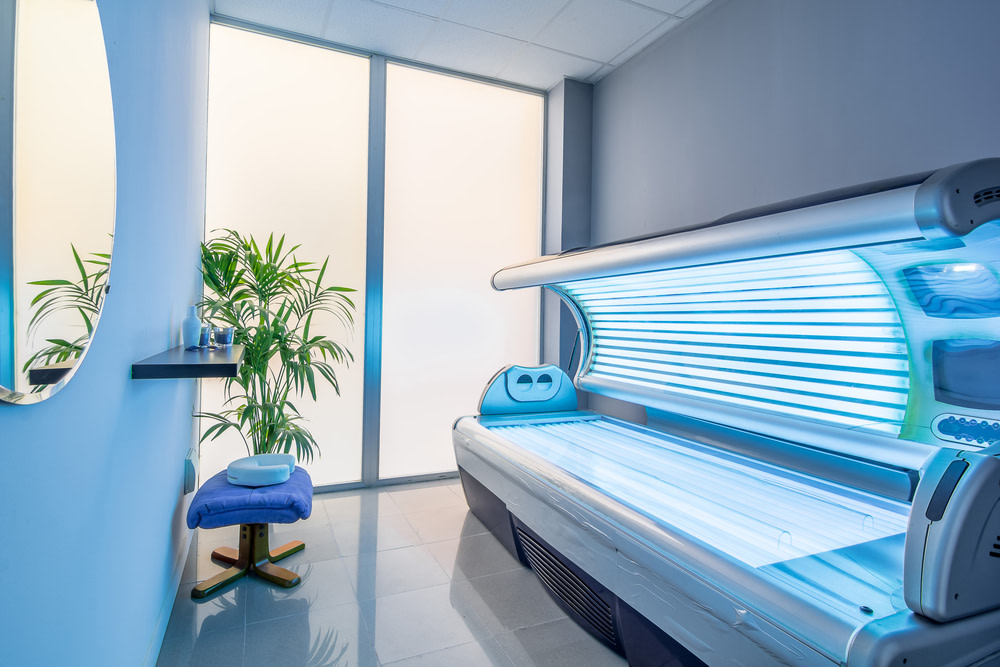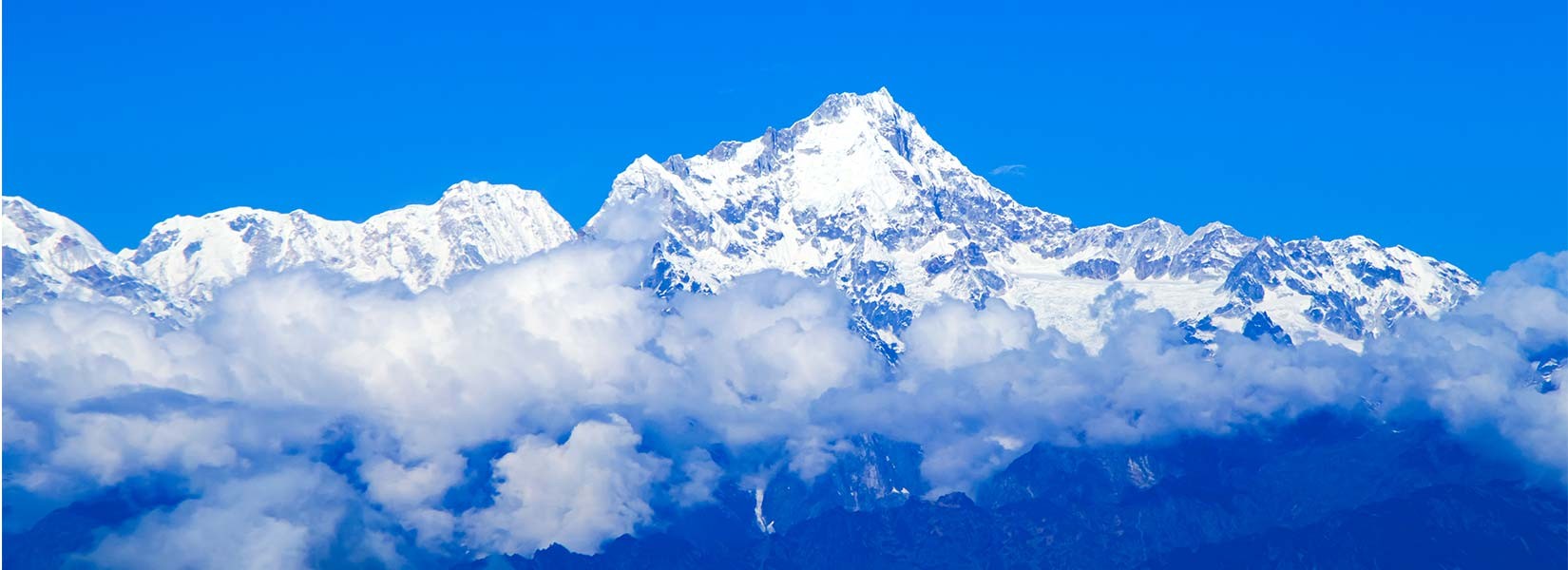
The 1990s was a decade of vibrant cultural shifts, and few subcultures embodied this transformation more than the world of rave. 90s rave fashion was a kaleidoscope of colors, a rebellion against the mainstream, and a celebration of individuality. In this journey, we’ll delve into the eccentric, nostalgic, and often mind-bending realm of 90s rave fashion.
The Birth of a Subculture
The rave scene of the 90s was more than just a dance floor; it was a cultural movement. Emerging from the underground, it brought forth a subculture that defied societal norms, championed peace and love, and embraced electronic music.
The Ecstasy Connection
Rave culture and the use of MDMA, also known as ecstasy, were intertwined. The euphoric effects of the drug heightened sensory experiences, making the vibrant and often surreal 90s rave fashion an integral part of the overall rave experience.
The Influence of Music
Electronic dance music, with its hypnotic beats and futuristic sounds, inspired both the dance moves and the attire of ravers. Genres like techno, trance, and house music fueled the creative fire of 90s rave fashion.
The Elements of 90s Rave Fashion
90s rave fashion was a smorgasbord of styles, fabrics, and accessories. It celebrated freedom of expression and became an art form in itself.
Bright and Bold Colors
Neon hues, fluorescent pinks, and electric blues dominated 90s rave fashion. Ravers embraced these colors as a rebellion against the muted tones of mainstream fashion.
Baggy Pants and Overalls
The comfort and freedom of movement were paramount. Baggy pants and overalls were favored, often adorned with intricate patterns or wild designs.
Crop Tops and Bikinis
For those who dared to bare, crop tops and even bikinis were rave staples. These skimpy tops often featured metallic fabrics and bold prints.
Furry Accessories
Furry leg warmers, hats, and backpacks were all the rage. Ravers added a touch of whimsy and tactile delight to their outfits.
Glowsticks and LED Accessories
Light was an essential part of the rave experience. Glowsticks, LED jewelry, and fiber optic clothing illuminated the dance floor, creating a surreal, otherworldly ambiance.
Platform Shoes
Height was a fashion statement in the 90s rave scene. Platform shoes, often with bold, chunky soles, were a favorite choice for both comfort and style.
Face and Body Paint
Ravers often adorned themselves with fluorescent face and body paint, creating an otherworldly, tribal look under the blacklights.
The DIY Ethos
One of the defining characteristics of 90s rave fashion was the do-it-yourself (DIY) ethos. Ravers were encouraged to create their own unique looks, often using unconventional materials and techniques.
Tutus and Tulle Skirts
Tutus and tulle skirts made from cheap and accessible materials were popular DIY projects. Ravers often added their own flair with unique colors and embellishments.
Customized T-Shirts and Hoodies
Plain T-shirts and hoodies served as blank canvases for personal expression. Ravers painted, tie-dyed, or added patches to create one-of-a-kind pieces.
Kandi Jewelry
Kandi, short for “candy,” was a form of DIY jewelry made from colorful plastic beads. Ravers exchanged these creations as tokens of friendship and unity.
Sewing and Stitching
Some ravers became skilled seamstresses, crafting their own outfits from scratch. The results were often intricate and highly personalized.
Iconic Accessories
Certain accessories became synonymous with 90s rave fashion and remain iconic to this day.
Pacifiers and Lollipops
The use of pacifiers and lollipops served a practical purpose, helping ravers combat the side effects of MDMA, such as teeth clenching. However, they also became distinctive fashion statements.
Whistles and Horns
The piercing sound of whistles and horns added to the auditory landscape of the rave. They dangled from lanyards or belts, accessible for both functional and aesthetic reasons.
Visors and Bucket Hats
Headgear played a significant role in rave fashion. Visors and bucket hats provided sun protection during daytime events and added a sporty, futuristic touch to outfits.
Rave Culture’s Legacy
The impact of 90s rave fashion reverberates through contemporary fashion, music, and pop culture. Its influence can be seen in the resurgence of certain trends and the continued celebration of individuality.
Streetwear and Athleisure
The oversized, comfortable elements of 90s rave fashion have found their way into mainstream streetwear and athleisure. Baggy pants, hoodies, and bucket hats are celebrated for their comfort and style.
Neon Revival
The bold and bright colors of the 90s continue to influence fashion and design. Neon palettes are a recurring trend, and fluorescent hues make a statement in both clothing and accessories.
Music Festivals
The spirit of raves lives on in music festivals worldwide. Events like Tomorrowland, Electric Daisy Carnival, and Ultra Music Festival draw inspiration from the inclusive, celebratory atmosphere of 90s raves.
Cyberpunk Aesthetics
The futuristic and cyberpunk aesthetics of 90s rave fashion have influenced science fiction and dystopian genres. Films like “The Matrix” and “Blade Runner” draw from the visual language of raves.
In Conclusion: A Celebration of Individuality
90s rave fashion was more than a trend; it was a cultural statement. It was an embrace of personal freedom, a rebellion against conformity, and a celebration of unity and diversity. In a world where individuality is prized, 90s rave fashion continues to be an enduring symbol of self-expression and unapologetic celebration. Its legacy lives on, reminding us that fashion can be a form of art, a political statement, and, most importantly, a reflection of the human spirit.








